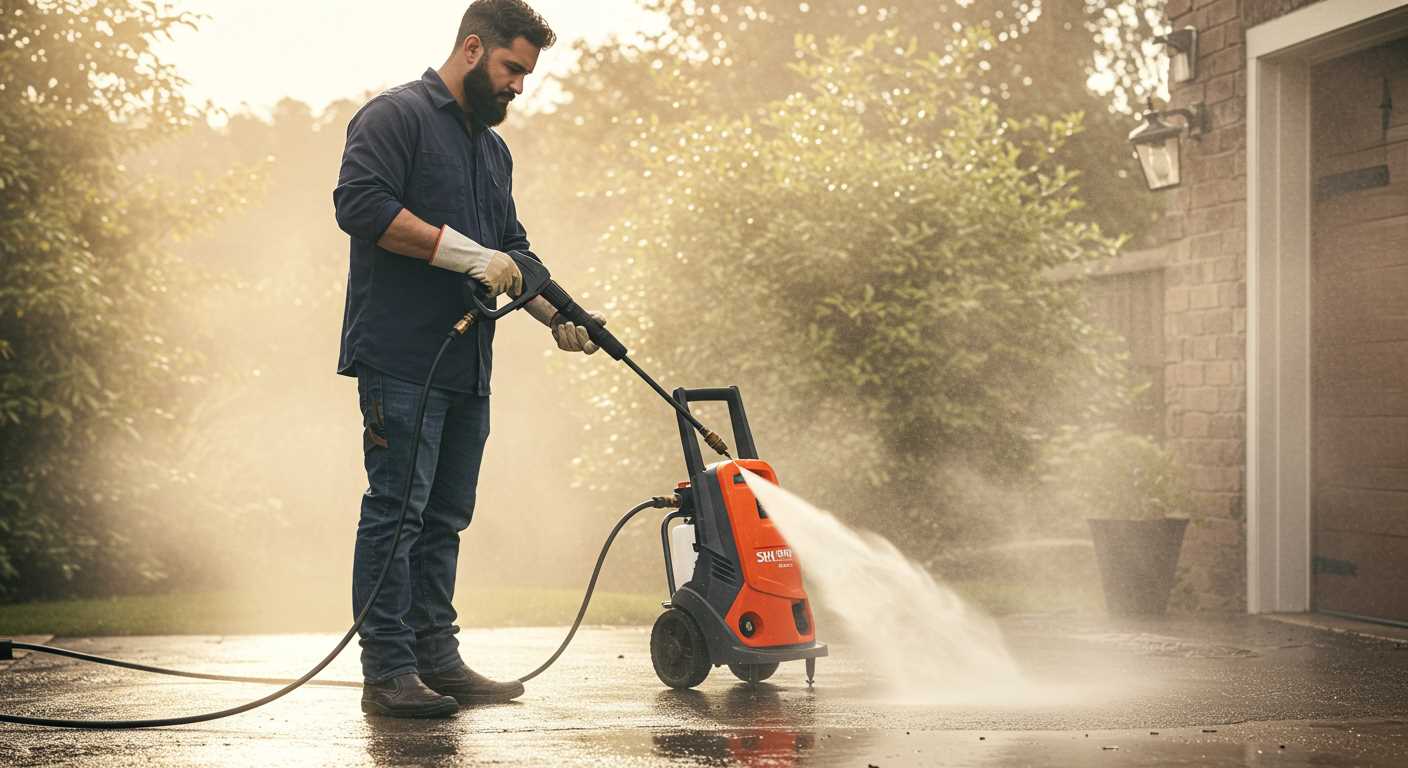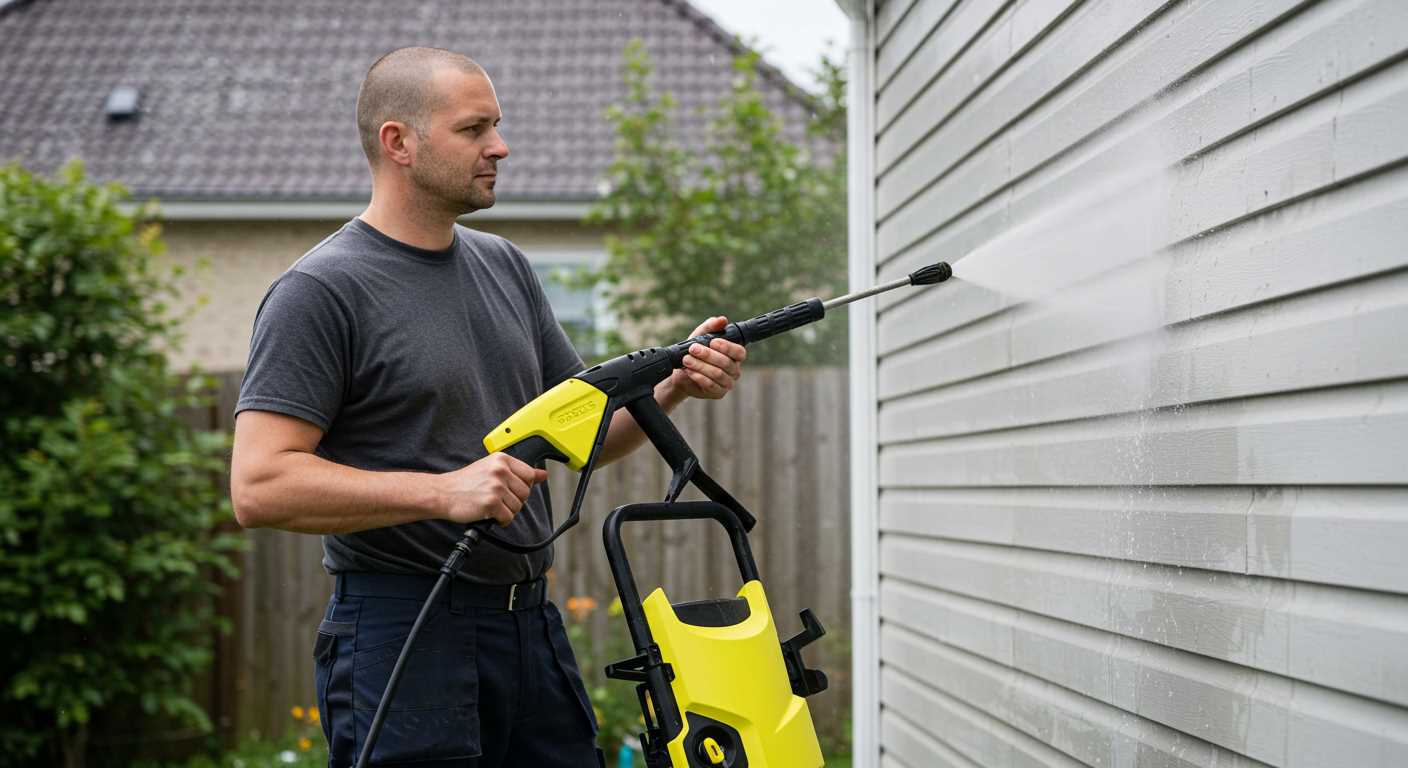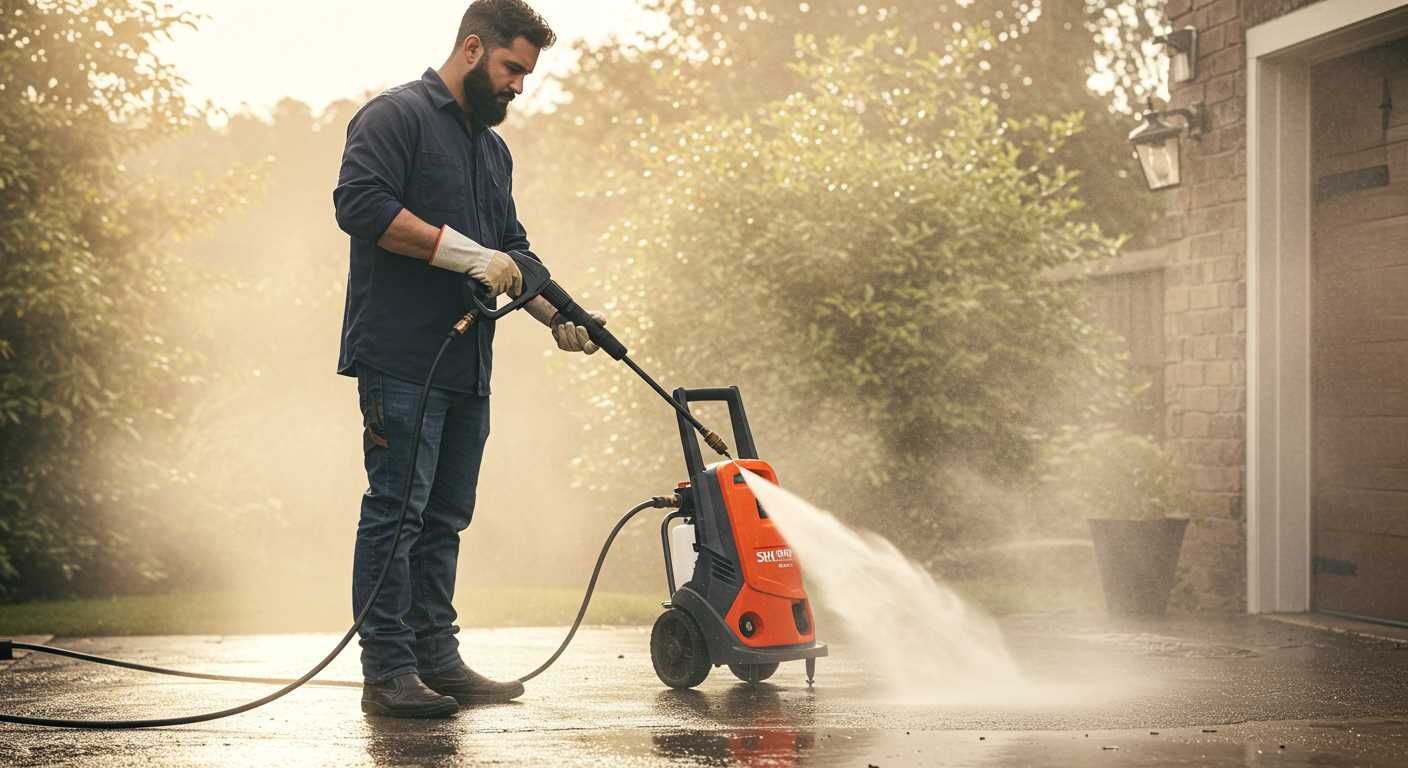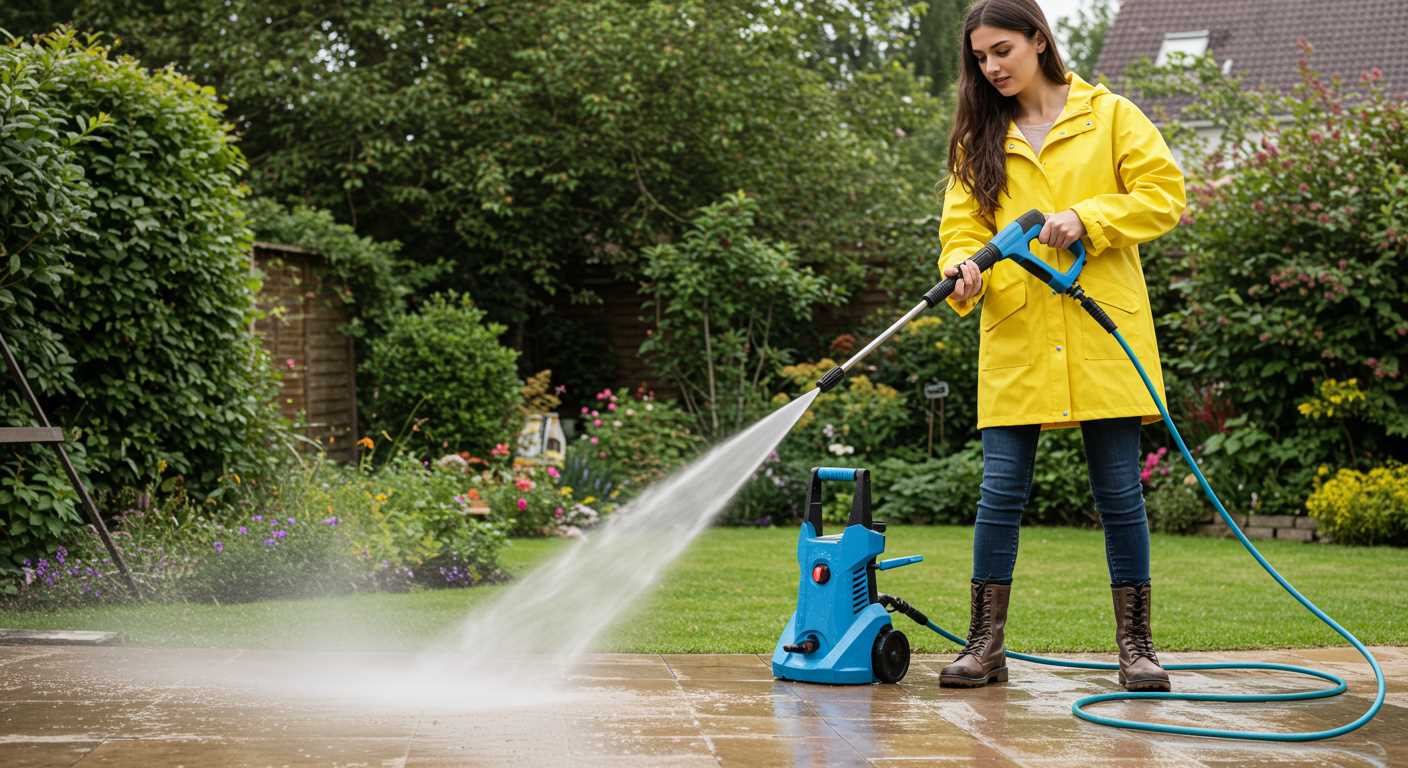


First, check for blockages in the orifices. Over time, debris can accumulate and hinder performance. Use a fine wire or a needle to carefully clean the jets, ensuring that water flows freely through each opening. This small step can dramatically improve the effectiveness of your unit.
Next, inspect the O-rings and seals. These components can wear out, leading to leaks and diminished pressure. Remove the nozzle and examine the rubber parts for cracks or signs of fatigue. Replacing them is straightforward and can restore the seal integrity, allowing for optimal operation.
If the rotating mechanism is sluggish, consider lubricating it. A drop of silicone-based lubricant can work wonders, facilitating smooth movement. Just a little goes a long way, so apply sparingly to avoid excess build-up.
Finally, reassess the connection to the water source. Ensure all attachments are tight and secure. A loose connection might lead to a drop in performance, so checking these points can save you time and energy in the long run. Each of these steps can enhance the functionality and longevity of your cleaning tool, allowing you to tackle those tough jobs with ease.
Repairing the Turbo Nozzle
First, disassemble the component by unscrewing the retaining cap. Use a wrench for a firm grip, ensuring you don’t strip the threads. Once opened, inspect the interior for debris or mineral build-up. A common issue I’ve encountered is the accumulation of dirt, which obstructs water flow.
Next, clean the nozzle orifice using a soft brush or a needle. Be gentle to avoid damaging the delicate parts. In my experience, a simple vinegar solution can dissolve stubborn deposits effectively. Soak the affected parts for about 30 minutes, then rinse thoroughly with water to remove any residue.
Check the rubber O-rings for wear. If they appear cracked or flattened, replace them. I always keep a spare set on hand, as this minor detail can drastically affect performance. Lubricate the new O-rings with a light silicone grease to ensure a tight seal during reassembly.
After cleaning and replacing parts, reassemble the unit carefully. Align all components accurately to prevent leaks. Tighten the retaining cap securely but avoid overtightening, which can lead to future complications.
Finally, test the nozzle on a low setting before returning to regular use. This precaution helps identify any remaining issues. If water flow is still inconsistent, consider inspecting the inlet screen for clogs or damage. A well-maintained attachment can significantly enhance your cleaning efficiency.
Identifying Common Issues with Turbo Nozzles
Start by checking for blockages. Over time, debris can accumulate within the tip, reducing flow and pressure. I recall a time when a client complained about poor performance; a quick examination revealed a small pebble lodged inside. Removing it restored functionality instantly.
Next, inspect the O-rings and seals. These components wear out and can lead to leaks. I once encountered a situation where a nozzle was leaking water, causing a significant drop in pressure. Replacing the worn O-ring fixed the issue without any hassle.
Spray Pattern Anomalies

Pay attention to the spray pattern. An uneven or erratic spray often indicates a worn or damaged tip. I remember testing a nozzle that had a severe fan spray instead of a concentrated jet. The owner had been battling dirt for weeks, unaware that a simple replacement would resolve the problem.
Nozzle Rotation Problems
If the rotation is slow or nonexistent, the internal mechanism may be stuck. A gentle cleaning can sometimes free up the rotating assembly. I had a case where a nozzle wouldn’t spin at all. A thorough flush with water and a bit of lubricant brought it back to life, saving the customer from a costly replacement.
Disassembling the Turbo Nozzle for Inspection
Begin by ensuring the unit is disconnected from the water supply and power source. Use an adjustable wrench to carefully unscrew the nozzle from the handle assembly. This process requires a gentle touch to avoid damaging any threads or seals.
Components to Examine
Upon disassembly, you’ll encounter several key components: the inlet, rotating arm, and the orifice. Each part must be inspected for wear and debris. Pay attention to the following:
| Component | Signs of Damage |
|---|---|
| Inlet | Cracks, blockages, or corrosion |
| Rotating Arm | Sticking, excessive play, or bending |
| Orifice | Clogs or irregular wear patterns |
Cleaning Procedure
For cleaning, employ a soft brush and a mixture of warm water with mild detergent. Avoid abrasive materials that could scratch surfaces. After cleaning, rinse thoroughly and dry each component with a lint-free cloth before reassembly. This step is critical to ensure optimal performance.
Cleaning the Nozzle Components Thoroughly
Begin by disassembling all parts of the attachment, ensuring each component is accessible. I’ve often found that the simplest issues arise from overlooked dirt or grime. Use a soft-bristled brush to remove loose debris from the surface. Pay special attention to crevices where residue can accumulate, as this can hinder performance.
Use Appropriate Cleaning Solutions
For stubborn deposits, a mixture of warm water and mild detergent works wonders. Soak the components for about 15 minutes, then scrub gently. Avoid harsh chemicals; they can damage seals and plastic parts. In my experience, vinegar can also be effective for mineral buildup. Rinse thoroughly to eliminate any cleaning solution, as residue can create blockages later on.
Inspecting for Wear and Tear
After cleaning, examine each piece for signs of wear. Look for cracks or deformities, particularly in seals and fittings. If you notice any damage, replacement is advisable. I once ignored a small crack in a seal, which led to more extensive issues down the line. Taking a moment to inspect can save time and frustration.
Finally, reassemble the components carefully, ensuring everything fits snugly. A good cleaning routine not only enhances functionality but prolongs the lifespan of the equipment. A well-maintained attachment can significantly improve your cleaning tasks, making them quicker and more effective.
Replacing Worn or Damaged Parts
First, ensure you have the right replacement components on hand. Consult the manufacturer’s manual for specific part numbers. During my years in the industry, I learned that sourcing genuine parts can significantly enhance performance and longevity.
Identifying Components to Replace
Examine each piece carefully. Look for signs of wear, such as cracks, chips, or any discoloration that indicates a loss of integrity. I once overlooked a tiny crack in a ceramic insert, thinking it wouldn’t affect functionality. However, it led to uneven spray patterns, which wasted time and resources. Always prioritise a thorough inspection.
Installation Steps
To replace worn components, follow these steps:
- Remove any fasteners holding the assembly together. Use the appropriate tools to avoid stripping screws.
- Carefully detach the damaged part. Sometimes, a gentle twist or tap is required to loosen stubborn components.
- Install the new piece in the reverse order of removal. Ensure it fits snugly without forcing it into place.
- Reassemble the entire unit, checking that all seals are secure to prevent leaks.
After replacing parts, run a test to confirm the functionality. I’ve found that performing a brief test cycle can reveal any issues immediately, saving you from further disassembly later. Remember, attention to detail is key; a small oversight can lead to significant setbacks. By consistently replacing worn components, you can maintain optimal performance for years to come.
Reassembling the Turbo Nozzle Correctly
Align components precisely during assembly to ensure optimal functionality. Begin with the main body, ensuring all seals are intact and fitted snugly. I often apply a light coat of lubricant on O-rings to facilitate a smooth assembly and prevent future leaks. Pay attention to the orientation of the rotating parts; incorrect placement can hinder performance.
Next, secure the spray tip. I’ve had instances where a misaligned tip caused uneven spray patterns, which can be frustrating. Make sure it clicks into place firmly. It’s also wise to double-check that all screws and fasteners are tightened to the manufacturer’s specifications. Loose parts can lead to inefficiency and more wear over time.
After reassembling, perform a test run before full use. This quick check helps identify any issues immediately. If the output seems inconsistent, it may indicate that the internal components are not seated correctly. Don’t hesitate to disassemble and retry if necessary; it’s better to invest a little extra time than to deal with further complications later.
When you’re done, consider reviewing your equipment for any other upgrades. If you’re looking for budget-friendly options, you might find something suitable for your needs under £100. This can enhance your overall cleaning experience.
Testing the Nozzle After Repair
After putting in the effort to fix the spray attachment, it’s time to check if everything works as it should. Start by connecting the device to a water source and ensuring all fittings are secure.
- Turn on the water supply without starting the motor. Look for leaks at the connections.
- Once satisfied with the connections, start the machine. Listen for unusual sounds that might indicate issues.
- Observe the spray pattern. It should be even and consistent. If you notice a narrow or uneven spray, further adjustments may be required.
- Test the cleaning ability on a small, dirty surface. This will help evaluate whether the performance meets your expectations.
If the results aren’t satisfactory, revisit the assembly steps. It’s crucial to ensure that all components are aligned correctly. Sometimes, a simple misalignment can lead to poor performance.
For additional cleaning tips, consider exploring how to clean oven with steam cleaner. This technique can complement the performance of your equipment by enhancing your overall cleaning routine.





.jpg)


